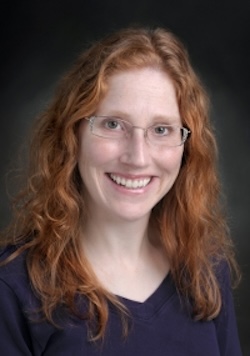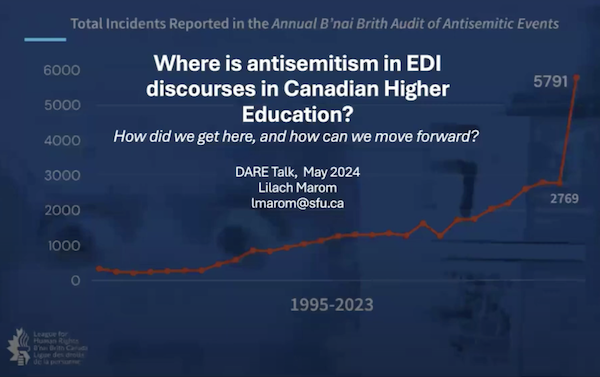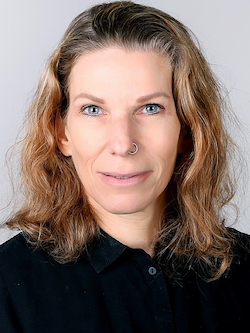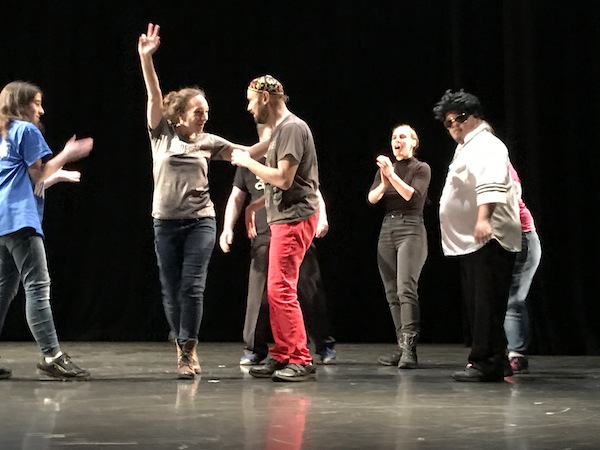Heterodox Academy is a nonprofit organization dedicated to promoting viewpoint diversity, open inquiry and constructive debate in higher education. It works to counter ideological conformity on campuses by providing research, resources and programming that foster an environment where diverse perspectives are welcomed and critically examined.
If that sounds like what a university is intended to be, says one local professor, it’s a commentary on the state of contemporary campuses that such an organization is necessary to encourage the academy to live up to its principles.
Dr. Rachel Altman, associate professor in the statistics and actuarial science department at Simon Fraser University, is one of the campus co-chairs of the Heterodox Academy chapter at SFU.
“Heterodox Academy is an organization that fosters free, open inquiry and free discussion even about controversial issues,” she said. “It’s not just about freedom of speech. It’s also about our conduct, the way we have these conversations. I think that’s what really distinguishes it from the general free speech advocacy groups.”

Heterodox Academy provides guidelines that urge interlocutors to present their case with evidence, bring data when possible, assume the best of one’s opponent and be intellectually humble, among other principles.
HxA, as it is shorthanded, offers events, conferences, resources and other materials that “try to teach our society, especially within academia, how to interact in a productive and civilized way, even when we disagree,” she said.
These tools are intended to help bridge the divide between the ideal of a university and the reality of creating a dynamic marketplace of ideas.
“Just because we have it in our head that in the academy we should be able to discuss anything in a civilized way doesn’t mean we actually know how to do it,” she said. “They provide tools and modeling of those tools to actually teach people how to be civilized.”
The HxA chapter at SFU emerged after a group of scholars got together because they were concerned about the state of academic freedom at the university. They founded the SFU Academic Freedom Group.
Within a few months of that group’s founding, Heterodox Academy launched its Campus Community Program, recognizing chapters on individual campuses. Some SFU professors applied and were accepted among the first chapters chartered.
“We hosted a so-called Heterodox Conversation event this past September,” she said. “That’s a model developed by HxA where you invite two people who have different views on a topic and they sit down and have a conversation with the model [called] the Heterodox Way and then the audience gets involved and we have a group discussion.”
The topic of that dialogue was “The purpose of today’s Canadian universities.”
“The timing was perfect because, just the previous week, our president had issued a statement on institutional neutrality,” she said, referring to an announcement by SFU’s president, Joy Johnson, on maintaining an environment where scholarly inquiry remains unbiased by partisan agendas. “For me, I was celebrating like crazy, but there were others on campus who were very unhappy.”
Altman can’t say whether the Heterodox Academy chapter or the SFU Academic Freedom Group deserve credit for the president’s statement or for other recent developments she and her colleagues view as positive.
“I’m a statistician, so I rarely claim causation,” she said wryly. “I’m very conservative that way. But I think so.”
The groups are comparatively small, but they may be having an outsized impact.
“Everybody knows about us,” she said. “The administration clearly knows and it’s just been so gratifying to see the change in the whole tenor of the administration’s approaches over the last couple of years. It’s a clear change.”
Numbers may remain relatively small, Altman suspects, because of a false perception of their group.
“We are consistently being cast as this right-wing, conservative group and it’s not true,” she said. “We have people across the political spectrum in the group. It is a nonpartisan group.”
The idea that academic freedom and institutional neutrality are right-wing positions, she said, is belied, for example, by the gay rights movement, which emerged in the 1960s, in part thanks to the viewpoint diversity of campuses.
It is not a coincidence, Altman believes, that several HxA members, including herself, are Jewish.
“Jews have a long tradition of arguing and debating in a civilized way, the whole ‘two Jews, three opinions’ thing,” she said. “Jews are just a natural fit with the HxA model.”
In contrast, the equity, diversity and inclusion (EDI) model that has become increasingly prevalent on North American campuses in recent years is antithetical both to the academic ideal and to Jews, she argued.
“For some Jews like myself, I realized very early on that the EDI ideology that’s become so predominant in academia and elsewhere, that it was terrible for Jews,” she said. “This model of the oppressed and the oppressor, it didn’t work. Jews did not fit into that mold.”
EDI is the opposite of what it claims to be, said Altman.
“I think it’s exclusionary, it discriminates against groups,” she said. “It’s antithetical to everything I believe in because I truly believe in inclusion and anti-discrimination.… I was very unhappy about the rise of the EDI ideology and, in my groups of people who are also similarly concerned about that ideology, I think Jews are overrepresented. That would suggest I’m not the only Jewish person who sees the fundamental conflict, the contradictions in the EDI ideology.”
Altman said few people would openly admit they oppose academic freedom.
“Really, it becomes about the definition of academic freedom,” she said. “When I say I support academic freedom, that’s the end of my sentence. What I look for when I’m talking to people is the ‘but’ that can follow. ‘Of course, I support academic freedom, but … there are limits.’ Things like that.”
In some cases, Altman thinks, this equivocation comes from a lack of understanding around the core principles of academic freedom.
“But then, there are some people who truly want to change the foundation of the term, the concept,” she said. “They truly believe that we should have limits on both our academic freedom and our freedom of expression more generally.”
In addition to the SFU branch, Heterodox Academy has a chapter at the University of British Columbia, Okanagan. While there are some HxA members at the Vancouver campus of UBC, Altman said, there is not yet an official chapter there.
For more information, visit heterodoxacademy.org.



